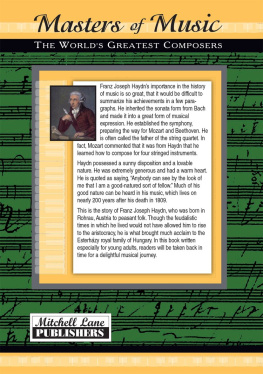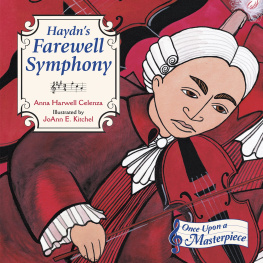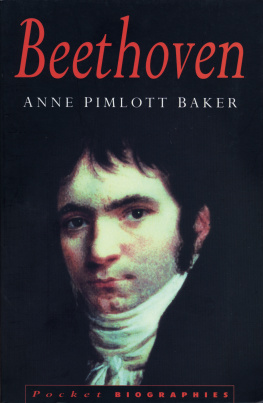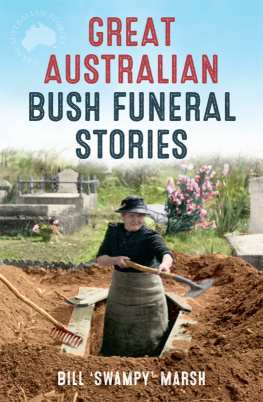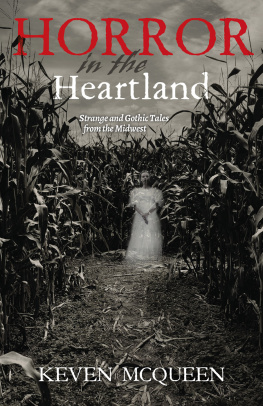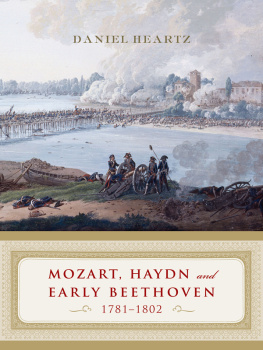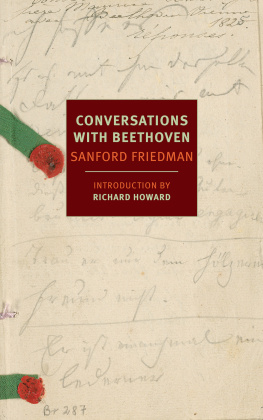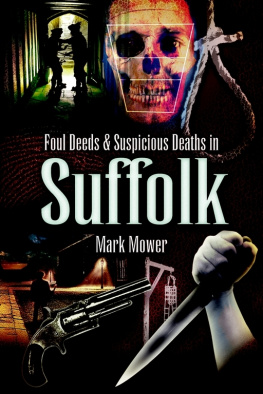CRANIOKLEPTY
CRANIOKLEPTY
GRAVE ROBBING
AND THE
SEARCH FOR GENIUS
COLIN DICKEY


Copyright 2009
All rights reserved. This book, or parts thereof, may not be reproduced in any form without permission.
Library of Congress Cataloging-in-Publication
Dickey, Colin.
Cranioklepty : grave robbing and the search for genius / Colin Dickey.
p. ; cm.
Includes bibliographical references.
ISBN 978-1-932961-86-7
1. Skull. 2. Grave robbingHistory. I. Title.
[DNLM: 1. Grave Robbinghistory. 2. Famous Persons. 3. History,
19th Century. 4. History, 20th Century. 5. Phrenologyhistory.
6. Skull. WZ 320 D551c 2009]
QM105.D53 2009
612.75dc22
2009018527
1 3 5 7 9 10 8 6 4 2
Book Design by SH CV
First Printing

The end of the story isnt the end of the story at all. Its simply the opening shot in the next story: the necrological sequel, the story of the writers after-life, the tale of the graveyard things to follow.
MALCOLM BRADBURY, TO THE HERMITAGE
FOR ALEX, AUDREY, AND SHANE
PROLOGUE
NON OMNIS MORIAR
At 2 oclock in the afternoon on October 30, 1820, workers disinterred the body of the composer Joseph Haydn from his grave in the Hundsthurmer Church in Vienna, preparing it for transit to the nearby city of Eisenstadt, home of his powerful patrons, the Esterhazy family. There it was to be reburied in a tomb more worthy of the great composer, who had lain for too long in such a modest setting.
But there was a problem with what the grave diggers found that day.
HAYDN HAD LIVED much of his life between the two great musical cities of Austria: Vienna and Eisenstadt. Twenty miles to the northeast of Vienna, Eisenstadt had been home to the Esterhazy family since 1648; in 1687 Paul Esterhazy was elevated from a baron to a prince of the Holy Roman Empire as a reward for his fierce loyalty to the emperor. Paul was also an amateur composer; played the piano, flute, and lute; and passed down to his progeny not just his title but also his love of music. Prince Pauls son, Paul Anton, was the first Esterhazy to hire Joseph Haydn as a Kapellmeister (a post whose duties included, primarily, composer-in-residence and artistic director of the orchestra). Except for a brief sojourn in London in the 1790s, Haydn would serve the Esterhazy family in that capacity until his death in 1809 at the age of seventy-seven. Much of his fame and success were inextricably tied to their patronage, so it seemed fitting that Prince Nicholas II, Paul Antons successor, honor the composer with a tomb on the Esterhazy estate worthy of his talent.
But history had gotten in the way. Haydn had died during the battle of Wagram, the largest battle yet fought during the Napoleonic Wars. As the French had marched in from the west, Austria had quickly abandoned Vienna. Haydn faced this invasion (the third in a decade) with resolve: As the cannonballs fell all around his home, he told his family, Children, dont be frightened; where Haydn is, nothing can happen to you. But three weeks into the occupation, the chaos and misery having taken their toll on the aging composer, Franz Joseph Haydn died from exhaustion.
In such a cataclysmic situation, the death of a composer even the most famous composer of the daycould not receive the ceremony it deserved, so Haydns was a simple burial in the Gumpendorf suburb of Vienna, in the Hundsthurmer Church. When the fighting was over, Nicholas applied for and received a permit to move the composers body to Eisenstadt, but he never acted on it, and the body remained in the graveyard where it had originally been laid.
Five years later, one of Haydns former pupils, Sigismund Neukomm, erected a small marble marker over his grave with the simple inscription Non omnis moriar. The line, from the end of Horaces odes, translates as Not all of me shall die, which Neukomm obviously meant as a reference to the lasting musical genius of his mentor. Although the composers genius and his music did indeed live on, his grave remained unmolested for the next six years.
IT WAS NOT until 1820, eleven years after Haydns death, that Nicholas II was reminded of his obligation to the composer. That autumn he had held a gala celebration to honor a visiting dignitary, Adolfo Frederick, the duke of Cambridge. On the program for the evening was The Creation, Haydns late oratorio, considered by many to be his masterpiece. Based on the Book of Genesis, The Creation had become a hallmark of the Romantic notion of the sublimethe sense of being so overpowered by art that the feeling verges on terror, where the mind is so entirely filled with its object, in Edmund Burkes definition, that it cannot entertain any other, nor by consequence reason on that object that
Nicholas II was not quite the lover of music that his forebears had been, but he recognized its effect on those around him and had employed Haydn and a large symphony as much to enhance his status as from any love of the composers works. But even though he may have preferred simple church music, Nicholas knew the impact that The Creation could have on audiences, and when he wanted to impress foreign dignitaries such as Adolfo Frederick, it was a natural choice. It certainly did the trick. After the performance, Frederick, visibly moved, remarked, How fortunate was the man who employed this Haydn in his lifetime and now possesses his mortal remains.
Prince Esterhazy took the compliment graciously without letting on that he did not actually possess the body of the composer. The next day he began preparations to move the body to Eisenstadt, fearing the damage to his reputation should it come to light that he had accorded so little respect to Haydns remains. The prince had to reapply to the Hapsburg emperor for permission to move the body and, once he received it, set about exhuming and transporting Haydns corpse. Only then did he discover, on that cold afternoon in late October, that someone had beaten him to it. When the grave was opened, the grave diggers found the body intact, but all that was left of the composers head was the wig it had been buried in.
ESTERHAZY WAS OUTRAGED. He immediately notified the president of the supreme office of police, Count Joseph von Sedlintzky, demanding an investigation. The Viennese police were generally held in high regard and were known for being efficient, cordial, and fair. In order to do their job more effectively, the police employed a wide network of informants known as mouches the French word for flies. Penetrating all layers of society, les mouches were always looking for information that could be converted into ready money. When Sedlintzkys men came to them for information, they did not disappointbut then again, the owner of Haydns head had not been particularly discreet. After two weeks the investigators, aided by this network of informants, found someone who seemed to know something.
On November 13, a pharmacist named Joseph Schwinner told them that he had once seen a skull in the possession of a man named Johann Nepomuk Peter. At the period during which Peter was still the administrator of the tallow works, I was often in his garden, Schwinner told the police. On the occasion of such a visit approximately ten years ago, he showed me and other close friends... a skull from which the flesh had been completely
Next page

